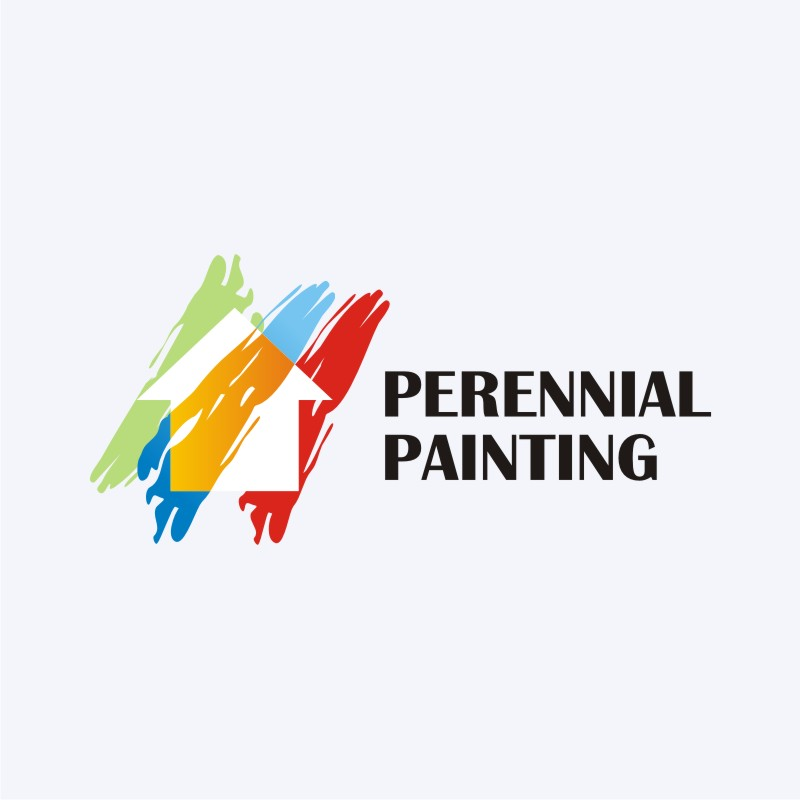Explore The Impact Of Seasonal Aspects On The Efficiency Of Industrial Outside Paint And Recognize The Ideal Times To Achieve Enduring Results For Your Project
Explore The Impact Of Seasonal Aspects On The Efficiency Of Industrial Outside Paint And Recognize The Ideal Times To Achieve Enduring Results For Your Project
Blog Article
Web Content Writer-Leach Decker
When you're preparing an industrial outside paint job, seasonal elements can make or break your outcomes. You'll intend to consider exactly how temperature and moisture impact paint application and drying times. Choosing the ideal period can ensure your paint adheres correctly and lasts longer. But which periods are absolutely the best for this sort of work? Let's discover the key elements that can influence your task's success.
The Influence of Temperature on Paint Application
When you're planning a commercial exterior painting task, the temperature can substantially influence exactly how well the paint sticks and dries out.
Preferably, you want to repaint when temperature levels vary between 50 ° F and 85 ° F. If it's too cool, the paint might not heal correctly, resulting in concerns like peeling or fracturing.
On the other side, if it's as well warm, the paint can dry out too rapidly, stopping proper attachment and resulting in an uneven surface.
You must additionally consider the time of day; early morning or late afternoon uses cooler temperatures, which can be more beneficial.
Constantly examine house painters near me for the details paint you're making use of, as they often offer assistance on the suitable temperature variety for ideal results.
Moisture and Its Effect on Drying Times
Temperature level isn't the only environmental element that influences your business exterior paint job; humidity plays a significant function as well. High humidity degrees can decrease drying out times substantially, influencing the general high quality of your paint work.
When the air is saturated with moisture, the paint takes longer to treat, which can bring about concerns like poor adhesion and a greater risk of mold growth. If you're repainting on a particularly damp day, be gotten ready for prolonged wait times between layers.
It's crucial to keep an eye on neighborhood climate condition and strategy appropriately. Ideally, aim for moisture levels between 40% and 70% for ideal drying out.
Keeping these factors in mind guarantees your project stays on track and delivers an enduring finish.
Best Seasons for Commercial Outside Paint Projects
What's the best time of year for your commercial external painting tasks?
Springtime and early fall are commonly your best bets. Throughout these periods, temperature levels are light, and moisture levels are commonly reduced, producing suitable conditions for paint application and drying.
Stay clear of summertime's intense heat, which can cause paint to completely dry also quickly, bring about bad adhesion and coating. In a similar way, winter months's cold temperature levels can impede proper drying and curing, risking the long life of your paint job.
mouse click the up coming website for days with temperature levels between 50 ° F and 85 ° F for optimum outcomes. Remember to examine the local weather forecast for rain, as wet conditions can ruin your task.
Planning around these elements ensures your paint job runs smoothly and lasts much longer.
Verdict
In conclusion, preparing your commercial exterior paint tasks around seasonal factors to consider can make a significant distinction in the result. By organizing work during the suitable temperature levels and moisture degrees, you'll guarantee better bond and drying times. Remember to watch on local weather prediction and pick the right time of year-- spring and early loss are your best options. Taking these steps will help you accomplish a resilient and expert finish that lasts.
